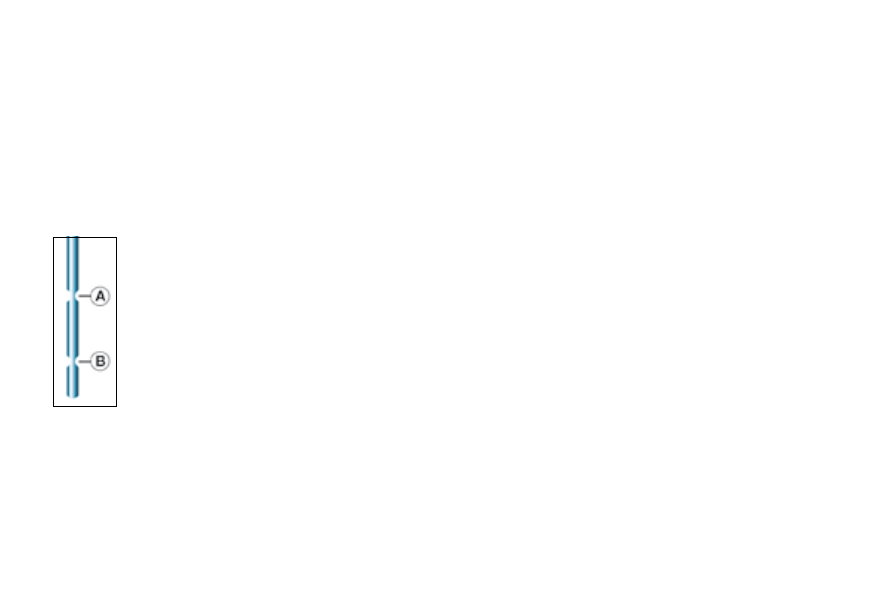Peugeot 206 SW Dag (2008 year). Instruction - part 7

91
CHECKS -
CHECKING THE LEVELS
There are two marks on
the dipstick:
A = maximum
Never ill past this mark.
B = minimum
To maintain the reliability
of engines and emission
control systems, the use
of additives in engine oil
is prohibited.
Oil change
According to the information given in
the servicing booklet.
Note: avoid used oil coming into
prolonged contact with the skin.
Empty the used oil into the contain-
ers intended for this purpose in the
PEUGEOT network.
Brake fluid level:
The brake luid must be changed ac-
cording to the manufacturer's servi-
cing schedule.
Use luids recommended by the
manufacturer, which fulil DOT4
standards.
Note:
brake luid is harmful to health
and very corrosive. Avoid all contact
with the skin.
Used oil
Do not dispose of used oil, brake lu-
id or coolant into drains or onto the
ground.
Dipstick
Viscosity selection
In all cases, the oil selected must
meet the manufacturer's require-
ments.
Cooling system
Use the luid recommended by the
manufacturer.
When the engine is warm, the tem-
perature of the coolant is controlled
by the engine fan. As this fan can
operate with the ignition key removed
and because the cooling system is
pressurised, wait for at least one hour
after the engine has stopped before
carrying out any work.
Slacken the cap by two turns to re-
lease the pressure to prevent any
risk of scalding. When the pressure
has dropped, remove the cap and
top up the level.
Note: the coolant does not need to
be changed.
For vehicles equipped with a par-
ticle ilter, the engine fan may op-
erate after the ignition has been
switched off, even when the en-
gine is cold.
Power steering reservoir
F Open the reservoir, with the
engine at ambient temperature.
The level should always be
above the MIN. mark and close
to the MAX. mark.
Windscreen and headlamp
wash level
For best quality cleaning and for your
safety, we would advise that you use
products recommended by PEUGEOT.
For optimum cleaning and to prevent
freezing, this luid must not be topped
up or replaced with water.
Oil level
F Check the level regularly and
top up between changes. The
maximum consumption is
0.5 l per 600 miles (1000 km).
Check the level with the vehicle level,
engine cold, using the oil level gauge
on the instrument panel or the dip-
stick.